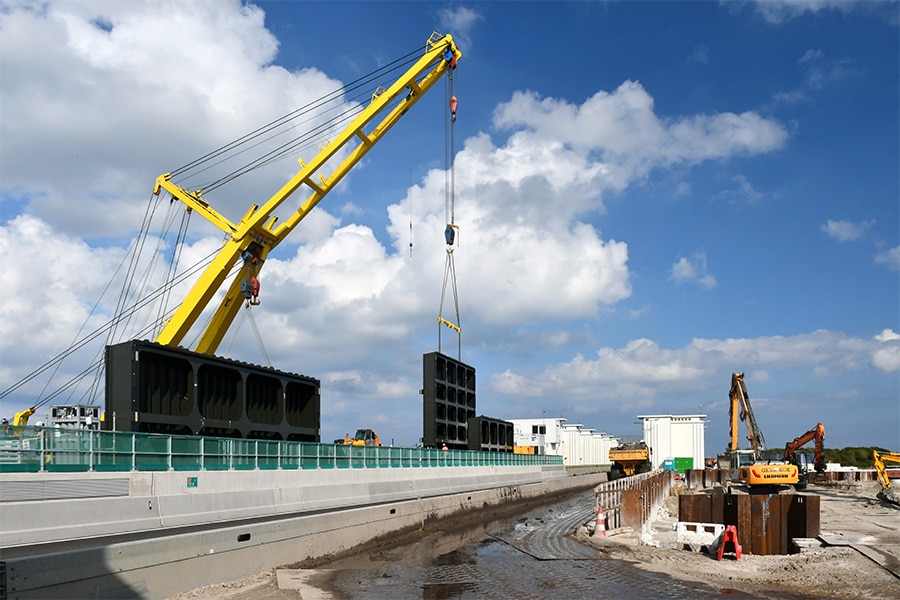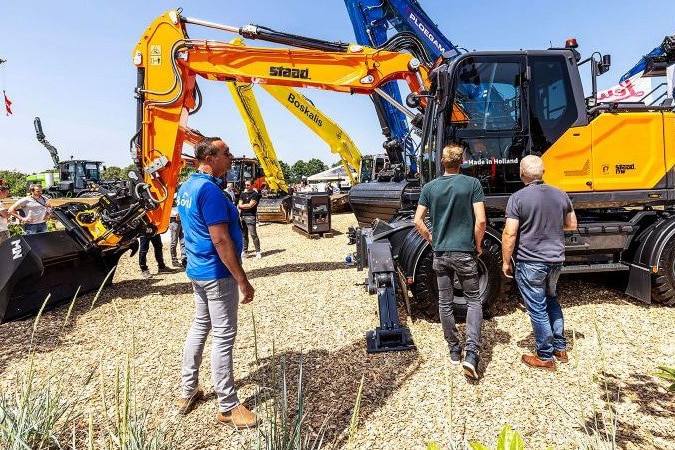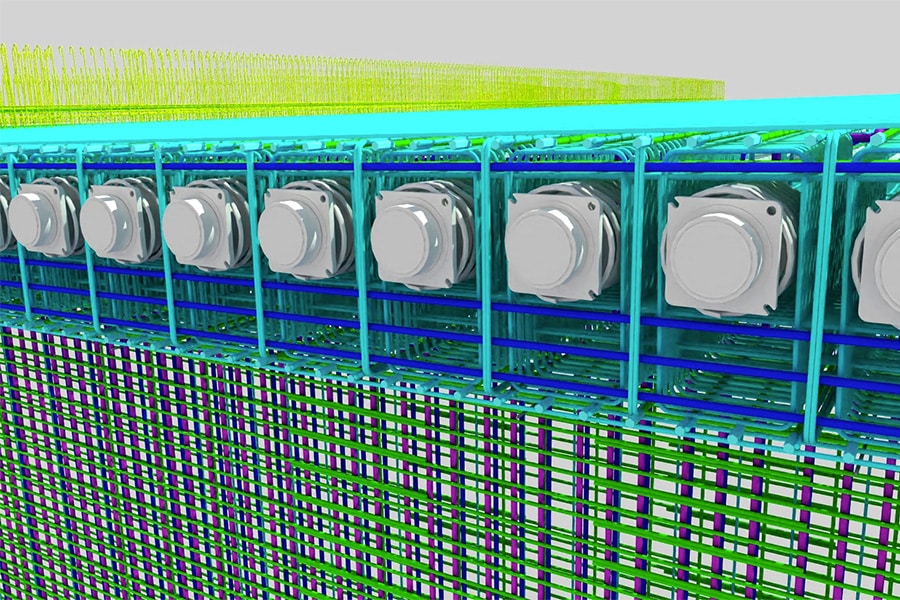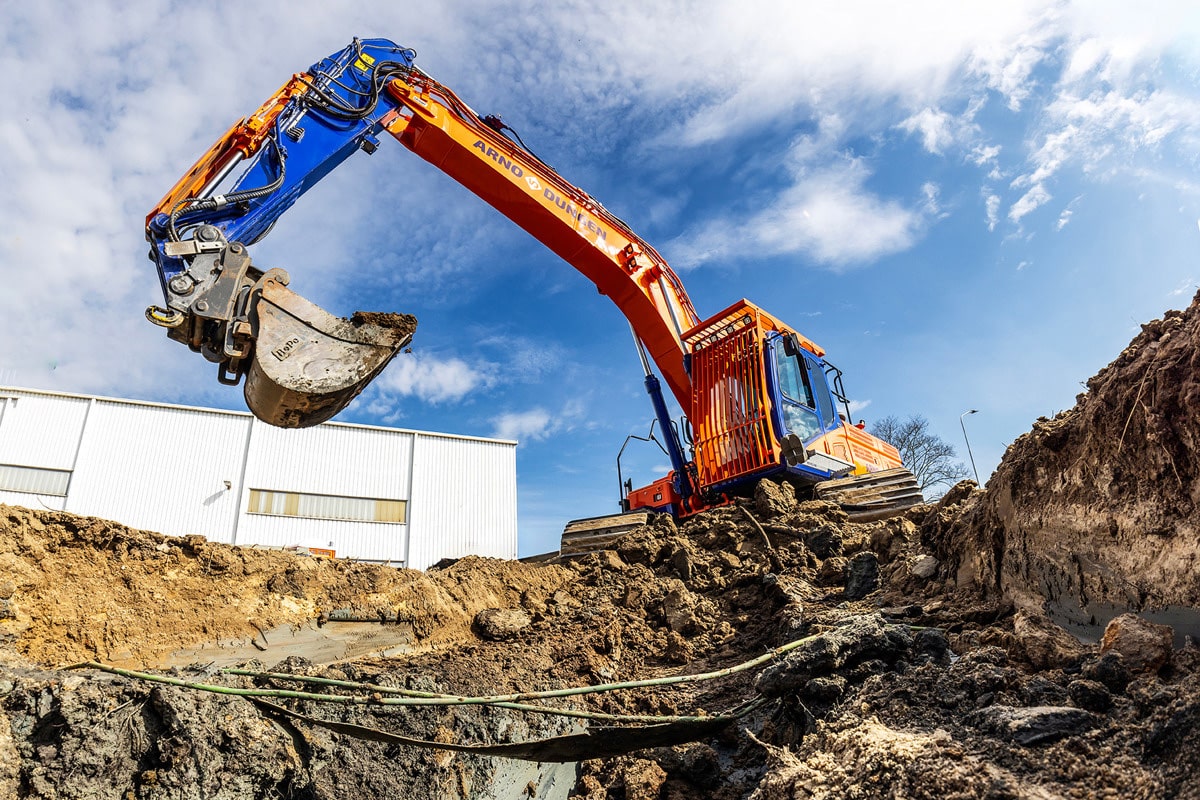
Safety standards in construction
Physical strain is the leading cause of occupational disease in construction. A large proportion of construction accidents are caused by falls and trips. Another cause of accidents in construction is working unsecured at heights. Falling from height is often associated with serious injury or even death of the victim.
Occupational Health and Safety
Just over half of construction companies have a risk inventory and evaluation (RI&E), while this is a legal requirement for all companies. However, many companies have not described all the risks present. Almost half of the construction companies have a written action plan, while this is also a legal requirement for all companies. The work risks; lifting, pushing, pulling and carrying are most common in the construction industry. Furthermore, unfavorable and/or static work postures are common. Working at height is a very specific risk. Working with machinery and working in confined spaces also pose a real risk to workers.
Occupational disease
The most commonly reported occupational diseases in construction are hearing disorders and musculoskeletal disorders. Of all reported occupational diseases, these two conditions account for 91% of reports.
Personal protection
To work safely, individual workers may need personal protection. Protective equipment that targets vital parts such as head, eyes, ears, hands and feet can significantly reduce the risk of (permanent) injury. Fall protection should prevent falls from great heights.
Among personal protective equipment (PPE), there are three types:
- Category I: low-risk protection such as sunglasses, rain gear and simple gloves.
- Category II: medium-risk protection such as safety glasses and a safety helmet.
- Category III: high-risk protection such as a harness.
To ensure that your employees are optimally protected, employers should purchase proper protective products. At Bowork you can be sure that the protective equipment complies with the Commodities Act Decree on Personal Protective Equipment. Incidentally, the safety requirements differ by risk category.
Quality requirements
PPE may only be used if it meets certain quality requirements. It is important that the PPE has a CE mark and instructions for use. The manufacturer must provide a technical dossier of the product and indicate what safety can be expected from the PPE. Obviously, at category III, the requirements are highest. The production of the PPE must be covered by an EC-approved quality assurance system. An example is respiratory protection equipment.
With the right equipment and with proper education, you can protect workers from many risks. Therefore, choose only certified protective equipment.



